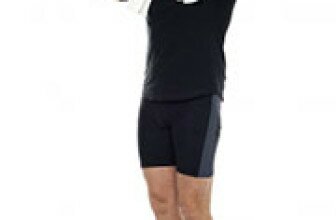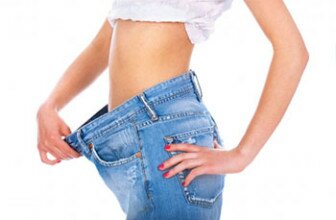Which muscles does a Rowing Machine work?
 If you happen to be searching for that full body workout that will give you great cardio as well, then you may just need a rowing machine. These rowers will work all your important muscle groups, but some will be more noticeable than others. Your legs, back, core, shoulders and back can get all great attention when you use a rowing machine on a regular basis.
If you happen to be searching for that full body workout that will give you great cardio as well, then you may just need a rowing machine. These rowers will work all your important muscle groups, but some will be more noticeable than others. Your legs, back, core, shoulders and back can get all great attention when you use a rowing machine on a regular basis.
Back
- Latissimus Dorsi: Extension of your arms when you release the tension of a rower handlebars happens to be controlled by this muscle. It is partially covered by the trapezius muscle and happens to cover the mid to lower back area.
- Trapezius: When you pull back on the handlebars of the rower, you are utilizing this muscle. The trapezius is responsible for stabilizing and controlling the neck and the shoulder blades.
- Rhomboids: This is the muscles that helps the trapezius in pulling back the shoulders and is found in between the spine and shoulder blades.
Arms
- Deltoids: The whole rowing motion can work the deltoid muscles, especially on releasing the handlebars. These are the shoulder muscles that are connected to the humerus, shoulder blade, and collar bone and happen to be a very important part in the range of motion for your arms.
- Triceps: After you pull the handles towards your body, your triceps will take over when you begin releasing and extending your arms.
- Biceps: These are the muscles that are located in the front of your upper arm. They are used when you bend your arms at the elbow when you are pulling the handlebars towards you.
Legs
- Gluteus Maximus: This is the muscle that is worked in the actions of the rowing motions, but it tends to be worked less than your major leg muscles.
- Quadriceps: These muscles are located in the back of your upper leg, and are mainly worked when your knees are bend on the way back to the starting position.
- Hamstrings: These happen to be the largest muscles that are in your legs and are used at the beginning of the rowing motion when you are pushing your body backwards from the base of the rower.
Core
- Erector Spinae: This is the muscle that is very important to your lower back, which also happens to be one of the most common areas to be injured. This muscle is worked when you are bending and straightening your back as well as when your legs are bending and pushing.
- Obliques: These particular muscles are located on the sides of your midsection and are also used when you are stabilizing your body so that you are straight instead of twisting.
- Abs: While your rower is meant to target your legs, arms and back, any type of full body motion will always work your abdominal muscles. When you are bending your body slightly forward and then straightening up, your abs are being constantly used.
While the basic movements of a rowing machine are the same , there are various models that have different types of features. Each one can provide a slightly different type of workout, depending on what you happen to be looking for.
- Layout: This is just one difference from the various rowing machines. The physical layout can allow a rower to be folded up and put up quite easily, while other can take up a lot of space. A rowing machine can have handles that are fixed to bars on the sides of the rower or they can be connected to a cable to give you more motion.
- Resistance: Rowing machines work on the concept of resistance. Basically, this means that the harder you pull, the harder it will be to pull it. This will allow you to workout and it gets harder as you get stronger. Getting resistance can be gained in a few ways. The simpler rowers will use two pistons that are connected to the handlebars. There are some machines that use a fan wheel in order to create air resistance, and there are some that can give you extra resistance by using magnets. Lastly, there are some rowing machines that will use a tank of water with paddles inside of it to provide a realistic feel as well as water resistance.
Before you buy a rowing machine, be sure to do research about the various types of machines so that you are able to make an educated selection. Read reviews, ask people you trust, and visit some local stores for their opinions. Price can be a factor in your selection, but the most important thing that you should consider is the quality of the workout.

![Awesome Ways To Use A Rowing Machine. Proper Posture [Tips]](/wp-content/uploads/thumbs_dir/how-use-rowing-machine-mnnvu433yc4o9ahpnau8ogveqe8foed4ikpim4wb6g.jpg)


You have a mistake under Legs-Quadriceps. The quads are on the front of the upper thigh not the back.
Thank you,
Jerry
Correcting mistakes, In addition to the quads being in the front of your thigh, not the back of the thigh, it is the quads, not the hamstrings, that contract at the beginning of the push phase.
Also, the triceps do not contract to straighten the elbow on the recovery phase. If anything it is a lengthening contraction of the elbow flexors controlling the recovery phase… Bracialis if the arms are pronated, biceps if the forearms are supinated.
Thank you Kim. I forgot to reply to your message. I have sent the information to our editor to ensure we correct the information–we strive to be accurate, but with so much in the works we have to apologize for the error.